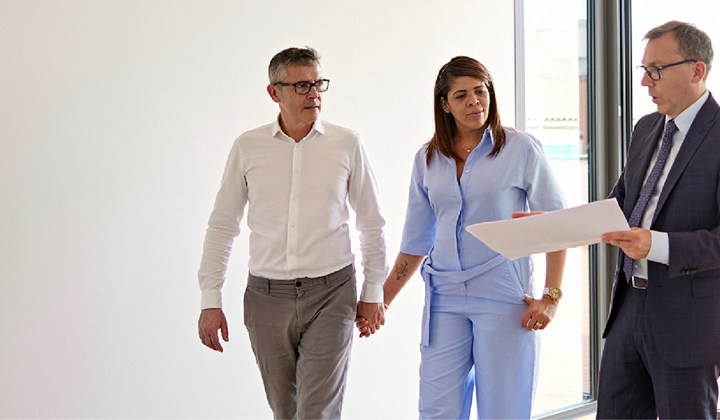

Capital growth vs rental yield
Property investors are sometimes told they need to choose between capital growth and rental yield. But what do these two concepts mean? Do investors really need to choose between them? And, if so, why?
Capital growth is the increase in value of a property, and can be expressed as a number or percentage. For example, if you buy a property for $1 million and it rises in value to $1.1 million, it's experienced capital growth of $100,000, which is 10%.
Rental yield is the annual rent expressed as a share of the property price. So if your $1 million property delivered $30,000 in annual rent, its yield would be 3%.
Yield is often expressed in gross terms (i.e. before costs). But it can also be expressed in net terms (i.e. after costs, such as mortgage interest payments, property management fees, maintenance costs, etc).
Also, while yield is often expressed as a share of the original purchase price ($1 million in this hypothetical example), it can also be expressed as a share of the property's most recent valuation (i.e. $1.1 million).
The trade-off between growth and yield
History suggests that the overwhelming majority of Australian properties have risen in value over the long-term. So if you buy an investment property, history suggests you will most likely experience capital growth. Assuming you rent it out, you'll also gain a yield. In other words, the typical investor enjoys both capital growth and yield.
So why do people say investors need to choose between growth and yield?
The reason is that some properties tend to have relatively high growth and low yield (these are more likely to be houses and/or properties in capital cities), while others tend to have relatively high yield and low growth (these are more likely to be units and/or properties in regional locations).
That means there tends to be a trade off between growth and yield – more of one tends to mean less of another.
As always, exceptions apply. There are some properties that are high in both growth and yield and others that are low in both things. Generally, though, property investment tends to be either a growth play or a yield play.
Growth properties vs yield properties
Investing in 'growth properties' has three major benefits. First, the capital gains are tax-free (assuming you don't sell the property). Second, you can borrow against your equity gain and use the funds to buy another investment property, thereby increasing your asset base. Third, there's a good chance you'll be negatively geared (i.e. your investment expenses will exceed your rental income), which means you can use this loss to reduce your annual tax bill. But the flip side of negative gearing is that you'll find it harder to meet your mortgage repayments.
Investing in 'yield properties' has one big benefit – your cashflow is stronger, which makes it easier to pay your mortgage. But you'll have less capital growth and may not be able to negatively gear.
How to get more growth and yield
One way to get more capital growth is to renovate your property, for example by adding an extra bedroom or modernising the kitchen. Another is to add amenities such as fans, air-conditioning and solar panels.
Doing the improvements listed above would also improve your property's rental appeal and therefore increase its yield. Other ways to get more yield include hiring a property manager (who will make sure you don't underprice the property), maintaining your property (to increase tenant retention), and allowing pets (pet owners are generally willing to pay higher rents and stay longer as it can be hard to find pet-friendly accommodation). You could also rent out your property on Airbnb – short-stay leasing can require a lot more work but can also generate a lot more rent.
As always, it is a good idea to speak to a financial advisor for the right investing strategy for you. Also keep in mind past performance is not an indicator of future performance and investing carries its own risks.
